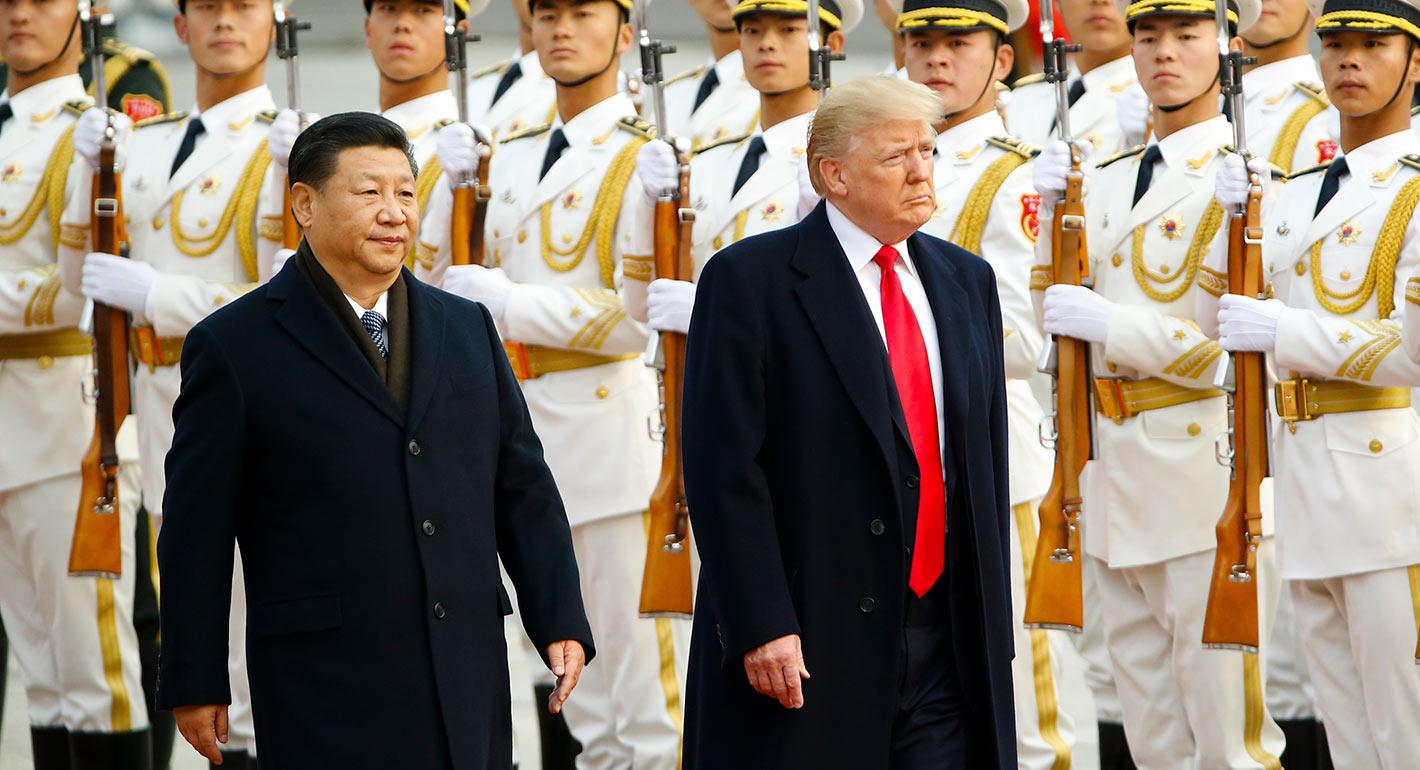Source: The Nonproliferation Review
Conventional long-range strike weapons of US allies may exacerbate Chinese concerns about the survivability of its small nuclear arsenal against a precision pre-emptive strike from the US-led coalition, although the degree of the new threat depends on various factors including the numbers and types of such weapons to be deployed. Conventional hypersonic missiles, in particular, may generate acute threat perception, as they can play the role of “door kicker” against China’s so-called anti-access, area-denial capabilities and pave the way for subsequent massive strikes with more traditional weapons. The development of conventional long-range-strike weapons by US allies also affects the risk of conventional conflicts escalating inadvertently to the nuclear level. Such risks are particularly salient in the Asia–Pacific region because of at least two factors: the ambiguous role of Chinese theater nuclear weapons and significant entanglement of conventional and nuclear capabilities at the theater level. Such conventional capabilities of US allies also help shape the region’s overall military balance—something China treats as part of its broader understanding of the term “strategic stability.” Regional players, however, have competing visions about what constitutes a stable military balance. They also have conflicting interpretations of why other parties are pursuing conventional long-range-strike weapons. The development of such capabilities will pose growing challenges to regional strategic stability in the future.





